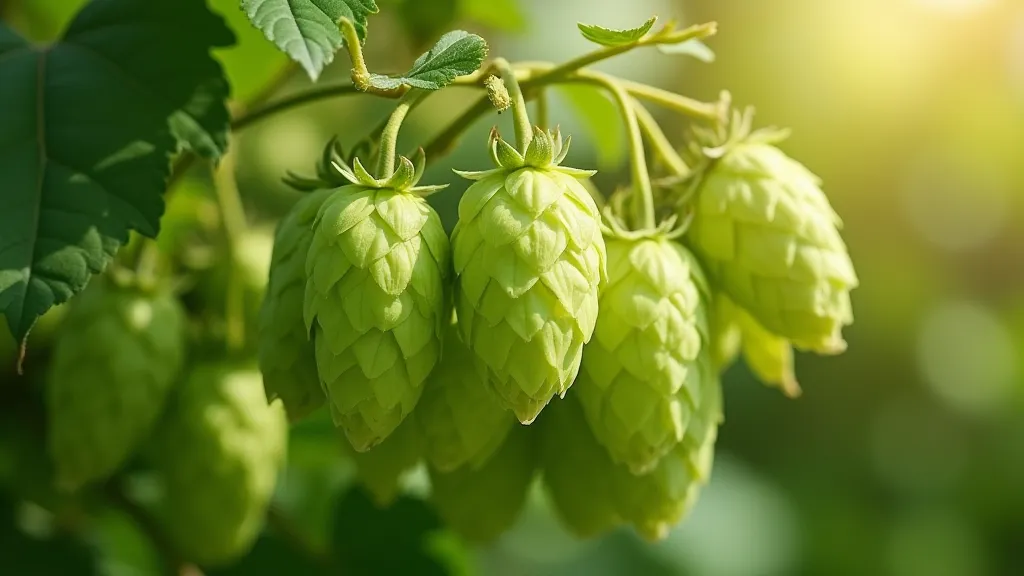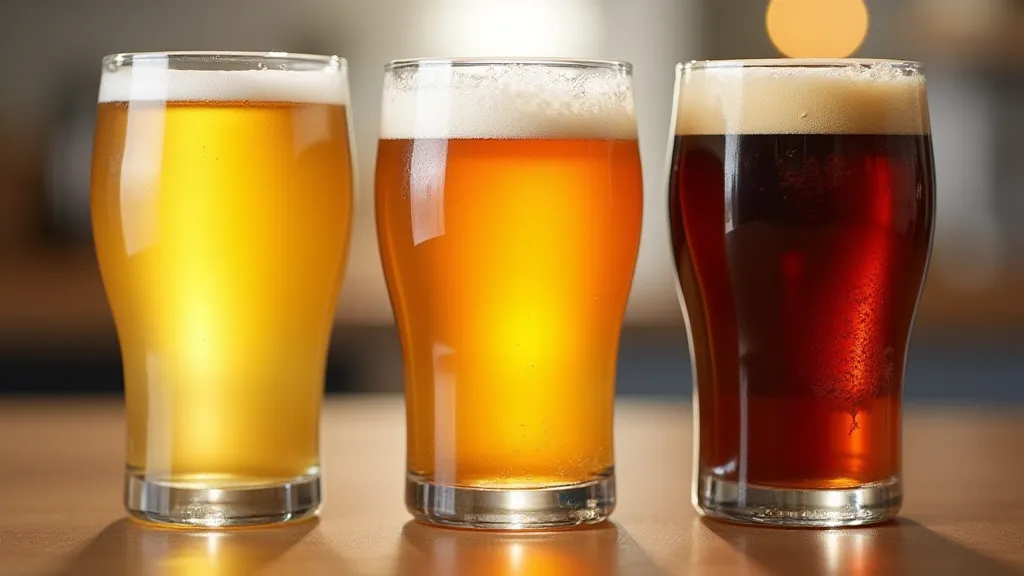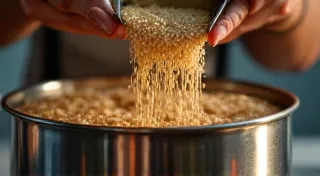Understanding IBU and SRM: Measuring Bitterness and Color
So, you're brewing your own beer! You're meticulously following recipes, carefully selecting ingredients, and paying attention to every step. But have you ever wondered *exactly* how bitter or dark your beer will be? That's where IBU and SRM come in. They're the industry-standard ways to quantify those characteristics, and understanding them will take your brewing game to the next level.
What is IBU? International Bitterness Units
IBU stands for International Bitterness Units. It’s a measurement of the perceived bitterness in beer, derived from the alpha acids found in hops. When hops are boiled during the brewing process, these alpha acids are isomerized (converted) into iso-alpha acids. These iso-alpha acids are what actually contribute to the bitter taste. Proper sanitation and process control are critical to a successful beer. A breakdown in these areas can lead to off-flavors that mask the intended bitterness – it's vital to ensure your cleaning and sanitizing your brewing equipment is done correctly.
The higher the IBU, the more bitter the beer. However, it's not *always* a straightforward relationship. Other factors, like malt presence and the beer's overall balance, can influence how we perceive bitterness. Different hop varieties impart different nuances of bitterness, too, going beyond just the numerical IBU value. It’s about the character of the bitterness.
Here's a general guideline for IBU ranges:
- Low Bitterness (0-10 IBU): Cream ales, milds, some wheat beers.
- Moderate Bitterness (10-25 IBU): Pale ales, bitters, some lagers.
- High Bitterness (25-40+ IBU): India Pale Ales (IPAs), Double IPAs, some porters.
Important Note: IBU is a *laboratory* measurement. While you can calculate a rough estimate based on your hop additions, the most accurate way to determine IBU is to send your beer to a lab for testing. Some brewers will even experiment with the art of dry hopping to maximize hop flavor and aroma alongside bitterness.

What is SRM? Standard Reference Method
SRM stands for Standard Reference Method. It’s a measure of a beer’s color. It’s based on comparing the beer's color to a set of standardized color references. The SRM scale ranges from 0 (completely clear) to over 400 (very dark, like a stout or porter). The color of a beer is an important visual cue, and it’s often a reflection of the malts used. Experimenting with different malts is key to controlling the final color and flavor.
Here’s a breakdown of SRM ranges and what they generally represent:
- Low Color (0-4 SRM): Light lagers, wheat beers.
- Moderate Color (4-10 SRM): Pale ales, golden ales.
- Medium Color (10-20 SRM): Amber ales, some brown ales.
- Dark Color (20-40 SRM): Porters, stouts.
- Very Dark Color (40+ SRM): Imperial stouts, milk stouts.
Similar to IBU, SRM is also typically measured in a laboratory. It's difficult to accurately determine SRM at home without specialized equipment. Understanding the impact of different ingredients on color is essential to achieving the desired aesthetic and flavor profile.
The Relationship Between IBU and SRM
While IBU and SRM measure different qualities, they're often related. Generally, darker beers (higher SRM) tend to have more malt character, which can sometimes mask bitterness. However, this isn’t a hard and fast rule; a dark beer can still be quite bitter if the brewer intentionally used a significant amount of hops. Many brewers will carefully balance hop additions, considering both the IBU contribution and the flavor/aroma profile.

Beyond the Numbers: Flavor and Perception
It's crucial to remember that IBU and SRM are just two pieces of the puzzle when it comes to understanding the overall flavor and experience of a beer. Perception of bitterness is subjective and can be influenced by numerous factors. For example, a beer with a higher SRM might seem less bitter due to the presence of melanoidins, which contribute to a roasted or caramel-like flavor. The balance between malt, hops, and yeast character is what truly defines a beer's complexity.
Adding Complexity: Fruit and Other Ingredients
Many homebrewers like to experiment by adding fruit or other adjuncts to their beers. These additions can dramatically change the perceived sweetness, acidity, and overall flavor profile. When adding fruit, it's important to consider how it will interact with the existing IBU and SRM values. Adding sugar from fruit can increase the SRM and potentially mask some of the hop bitterness, so adjustments to the recipe may be necessary.
It's also worth noting that certain fruit additions can produce unpredictable results. Some fruits contain enzymes that can break down proteins or carbohydrates, leading to unintended flavor changes. Careful research and experimentation are key to successfully incorporating fruit into your brewing process.
Why Should You Care?
Understanding IBU and SRM isn’t just about geeky beer trivia. It's about consistent results. By having a grasp of these measurements, you can:
While you might not be sending every batch of beer to a lab, the knowledge of what IBU and SRM represent will undoubtedly enhance your home brewing experience. And when you’re ready to take your brewing to the next level, consider homebrewing with fruit to explore even more complex flavor combinations.

Choosing Your Brewing Method
Finally, the method you choose for packaging your beer - whether bottling vs. kegging – can subtly influence the perception of IBU and SRM. Bottling introduces a small amount of residual sugar, which can increase the SRM slightly. Kegging offers greater control over carbonation and temperature, which can affect the overall sensory experience.





